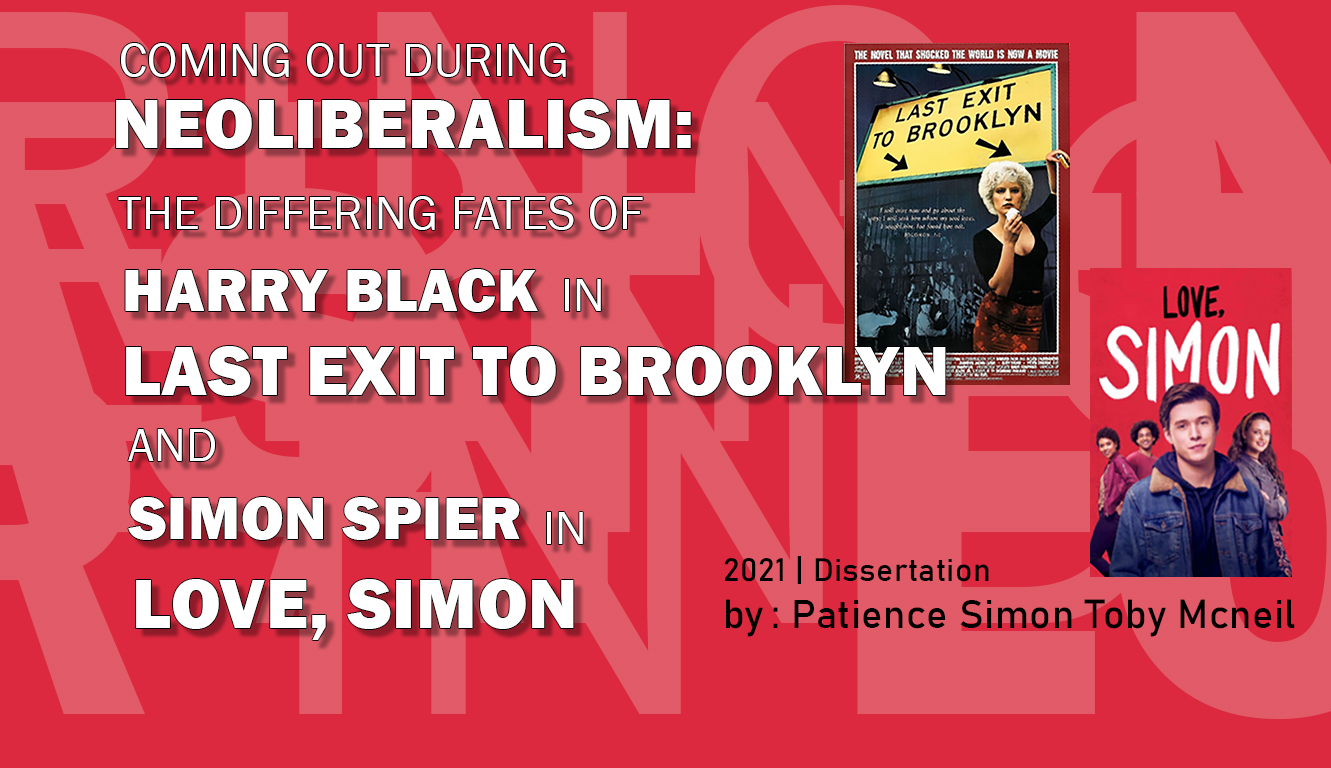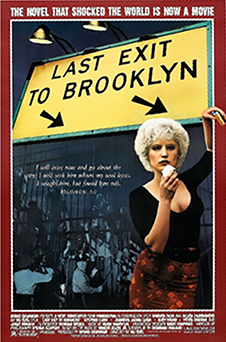Introduction
This dissertation is an analyzation of the ways in which neoliberalism has reshaped queer identity, as reflected in two American films from different periods – 1989’s Last Exit to Brooklyn and Love, Simon from 2018.
In examining the differences in depiction and positioning of gay male characters – both in relation to the main narrative as well as how marginalized or integrated they are represented as being in relation to mainstream society – I sought to rationalize this process as a historic and ongoing one: gay white identity gradually being diluted, defanged and conflated with its heterocentric counterpart.
Experience at MALCS
I had always wanted to do a Master’s and had, in fact, embarked on three, before a combination of lethargy, lack of support and lack of structure inevitably led to me abandoning them. It took MALCS, with its combination of classes held after working hours, kind lecturers and varied units, for me to find the kind of programme that I could see through to the BITTER END (kidding!). It has felt like a personal triumph to have completed it. This qualification helps me professionally, but more importantly, it has made me feel better about myself.





